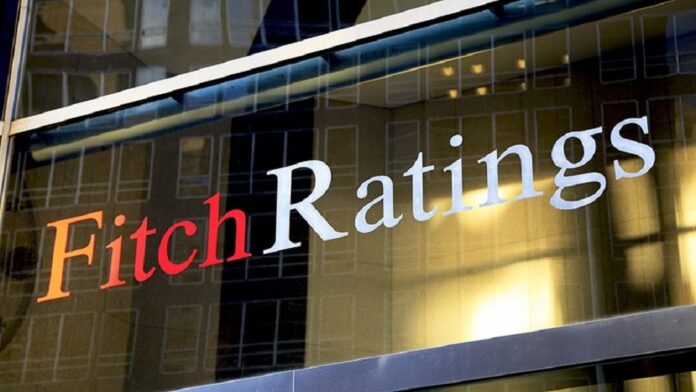Fitch Ratings has affirmed Estonia’s long-term foreign-currency issuer default rating (IDR) at A+ with a stable outlook.
Estonia’s A+ ratings reflect strong governance standards and institutions underpinned by EU and eurozone membership, low, albeit rising, public debt and debt service metrics, and a net external creditor position. These are balanced by slightly lower income per capita relative to peers and the economy’s small size, which exposes it to shocks. The agency notes that Estonia’s economy has contracted for seven consecutive quarters in real terms and Fitch estimates GDP fell by 3.5 percent in 2023 following a 0.5 percent decline in 2022. A further year of contraction is forecast for 2024, making Estonia the only Fitch-rated sovereign to post three consecutive years of negative growth over 2022-2024.
This reflects a series of shocks to consumption, investment and net trade stemming from sanctions against Russia and Belarus, weakness of the Nordic construction and real estate sectors, appreciation of the euro against the Norwegian and Swedish currencies, and the earlier distortion to domestic consumption from pillar two pension withdrawals. Reported real GDP numbers may be understated due to a potential over-estimation of GDP deflators.
Fitch estimates a growth to return in 2025. Near-term prospects are weak. The Economic Sentiment Index is the lowest in the EU. A gradual recovery is expected to take hold in the second half of 2024 and gain traction in 2025, when the agency forecasts real GDP growth of 3.1 percent. Growth in real wages and recovering sentiment should support private consumption.
Fitch expects the deficit will narrow to 2.6 percent of GDP in 2024, reflecting hikes to VAT, corporate income tax (CIT), gambling taxes and excise duties combined with a partial reversal of an earlier rise in child allowances, balanced against revenue underperformance given the optimistic macro projections that underpin the budget.
The agency expects a widening of the deficit to 3.5 percent in 2025. Personal income tax will be increased by 2 percentage points in 2025, but an increase in the tax threshold means this will be net negative for the budget and defense spending will be raised to 3 percent. Offsetting measures have yet to be legislated and the largest, a yet undefined “security tax”, is politically unpopular.
Fitch’s fiscal projections are consistent with government debt/GDP rising to 24.6 percent at end-2025 from an estimated 20.4 percent at end-2023. This remains very low relative to peers
Inflation has continued to slow and Fitch forecasts inflation to average 3.5 percent in 2024 and 2.4 percent in 2025.
Fitch estimates that factors that could, individually or collectively, lead to negative rating action or downgrade include a significant and persistent increase in general government debt/GDP, for example, stemming from continued pressure on expenditure or a weakening of growth that undermines revenues. A structural deterioration in medium-term growth prospects reflecting clear evidence of a weakening in competitiveness is a risk factor. A substantial worsening of geopolitical risks with adverse consequences for economic growth and the fiscal policy is also a possible risk.
Factors that could lead to positive rating action or upgrade include a fiscal stance consistent with placing debt/GDP on a firm downward path over the medium term, potentially reflecting additional consolidation measures and stronger prospects for revenues.
Source: BNS
(Reproduction of BNS information in mass media and other websites without written consent of BNS is prohibited.)

